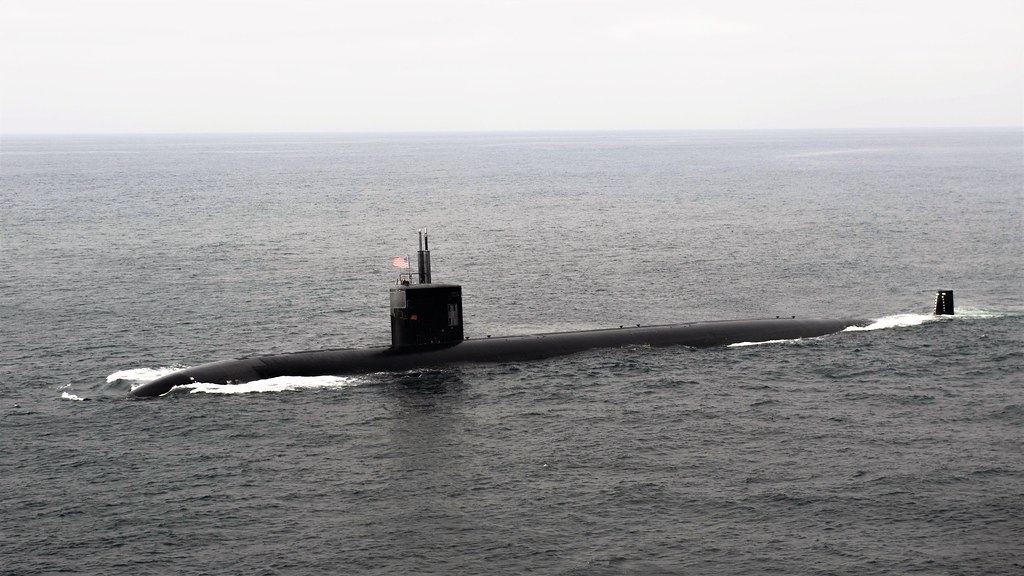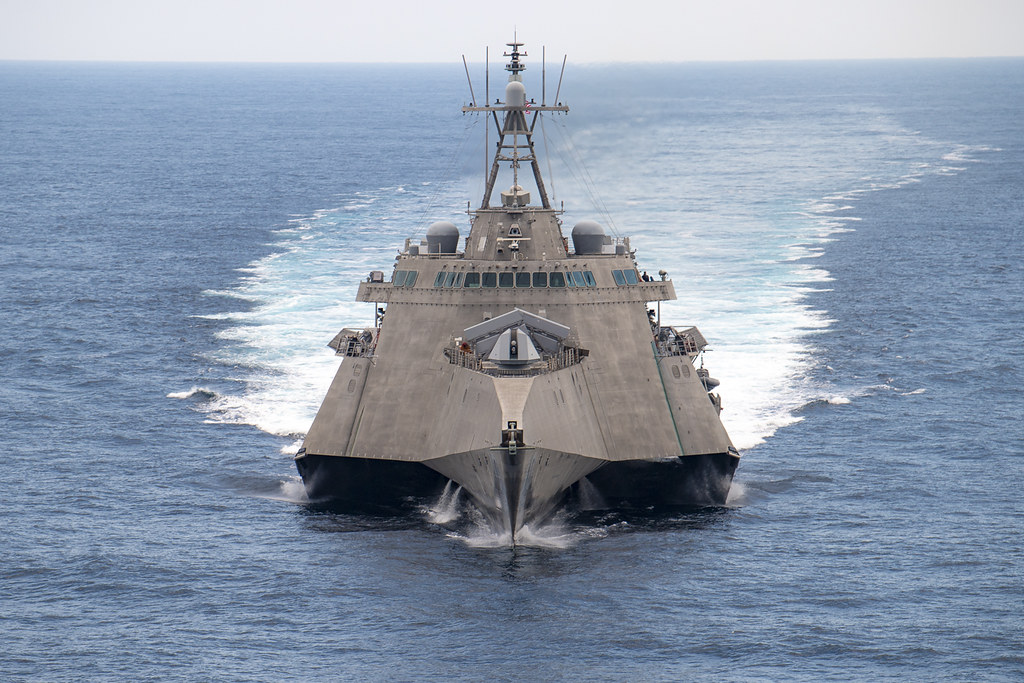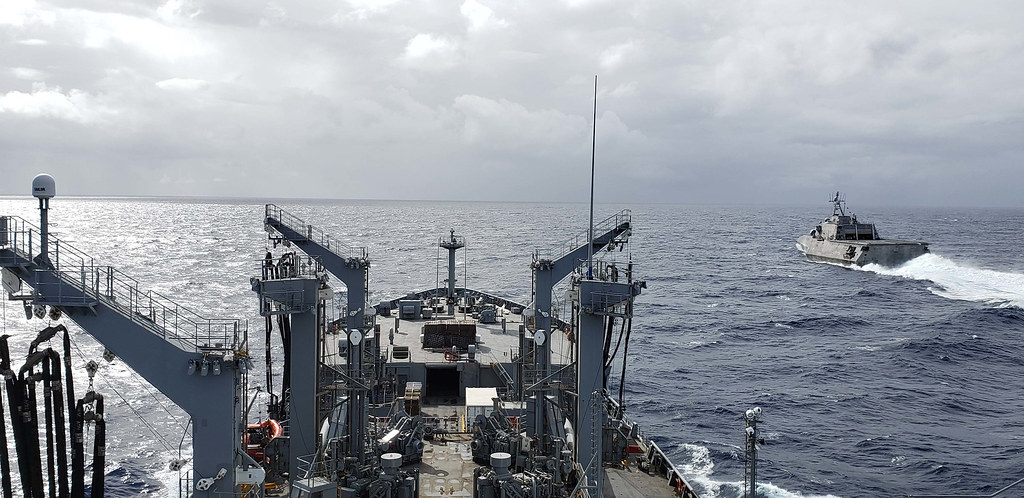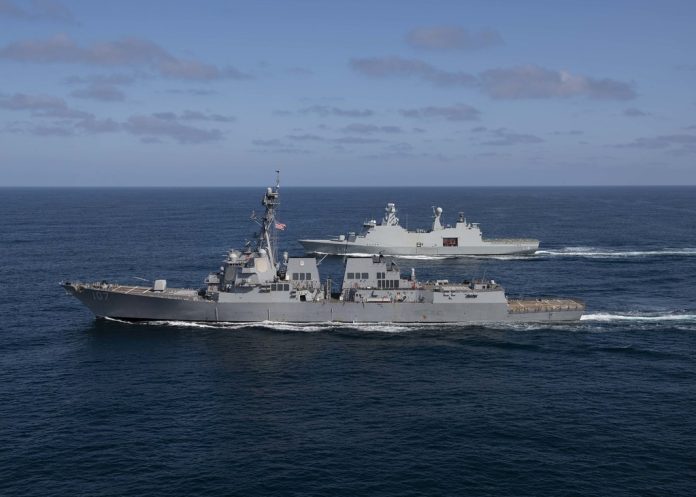
The naming of U.S. Navy ships, a tradition as old as the nation itself, has often reflected the political and social currents of its time.

The latest reports by the Congressional Research Service, obtained in May 2024, scrutinize the complexities and deviations that have shaped the Navy’s ship-naming conventions. These reports come amid a surge in ship procurement, signaling the staying power of the names chosen during this period.

From the very beginning, the naming of ships has been a prerogative of the Secretary of the Navy, guided by the direction of the President and congressional legislation.

Over time, the conventions for naming various classes of vessels – from ballistic missile submarines to destroyers and aircraft carriers – have developed and sometimes shifted dramatically, often creating controversy and perceived politicization.

Ballistic missile submarines, once named for states, have seen recent exceptions. The first two SSBN-826 class submarines were named District of Columbia and Wisconsin, while Virginia-class attack submarines have deviated from the state-themed convention with names like a former Secretary of the Navy, and a city.

Aircraft carriers have traditionally been named for past U.S. Presidents or Members of Congress. For example, 10 out of the Navy’s 15 most recently named carriers commemorate former Presidents. This highlights the prestige associated with these powerful vessels and the desire to honor the nation’s leaders.

Naming ships for individuals has been another common practice, albeit more contentious. Notably, the John Lewis-class oilers are named after individuals who fought for civil rights and human rights, such as the lead ship named for the late Congressman and civil rights leader John Lewis.

This class also includes the USNS Harvey Milk and the USNS Earl Warren, honoring figures known for their advocacy in the realms of gay rights and civil justice, respectively.

Controversy has arisen when ship names have been perceived to carry political undertones or break with tradition.

For instance, the naming of a littoral combat ship, USS Gabrielle Giffords, after the Arizona congresswoman who survived an assassination attempt, sparked debate and demands for an investigation during the Obama administration.

Historian Thomas Cutler from the U.S. Naval Institute emphasizes the importance of a ship’s name to its crew, stating that serving on a vessel with a storied name carries significant pride. The choice of name can shape the identity and spirit of a ship and those who serve aboard it.

The CRS report underscores the political maneuvering that often accompanies the ship-naming process. The executive branch holds the ultimate decision-making power, but Congress regularly weighs in with suggestions.

This can lead to political competition, especially for high-profile vessels like aircraft carriers and submarines that remain in service for up to 50 years.

The long history of U.S. Navy ship-naming reflects the nation’s evolving values and politics. While the process involves tradition and legislation, it is equally a product of changing times and societal shifts.

The names chosen for Navy ships, therefore, stand not only as identifiers but as vessels carrying the legacy of American ideals and contentious political landscapes for decades to come.
Relevant articles:
– Report to Congress on U.S. Navy Ship Names, USNI News
– Report to Congress on Navy Ship Names, USNI News
– Traditions vs. politics: The long and undisciplined history of Navy ship-naming, Stars and Stripes
– The Evolution of Ship Naming in the U.S. Navy, United States Navy (.mil)

